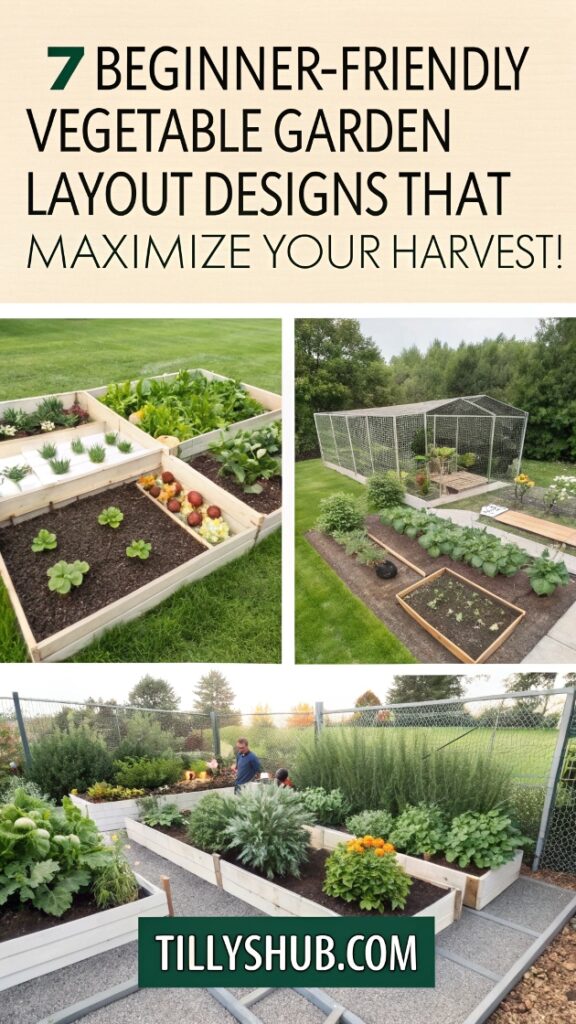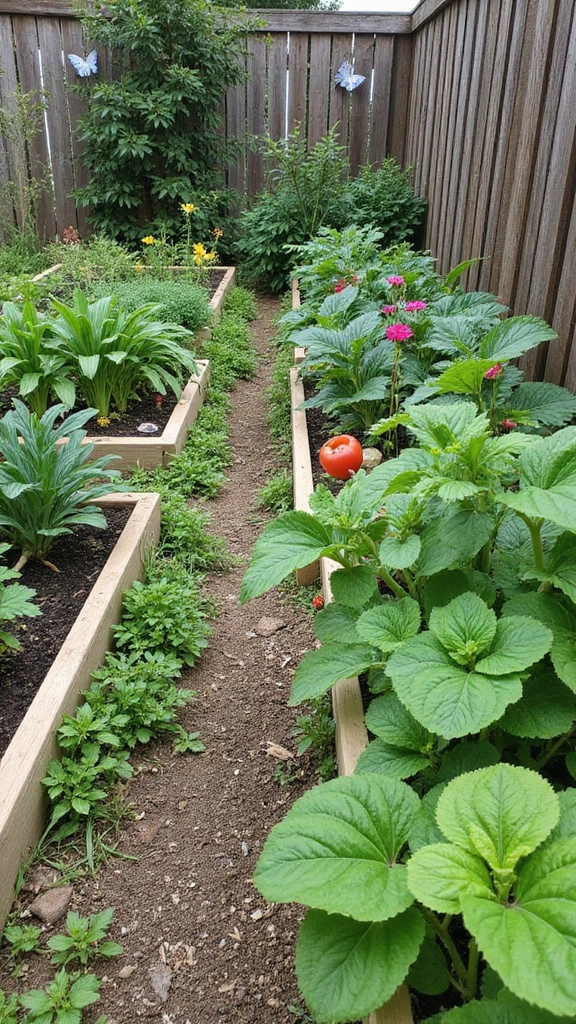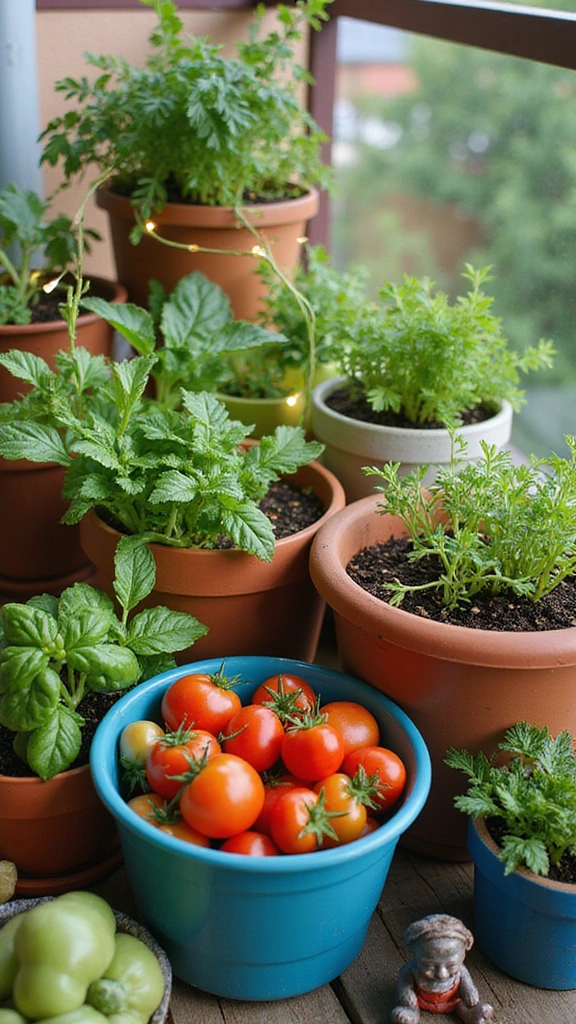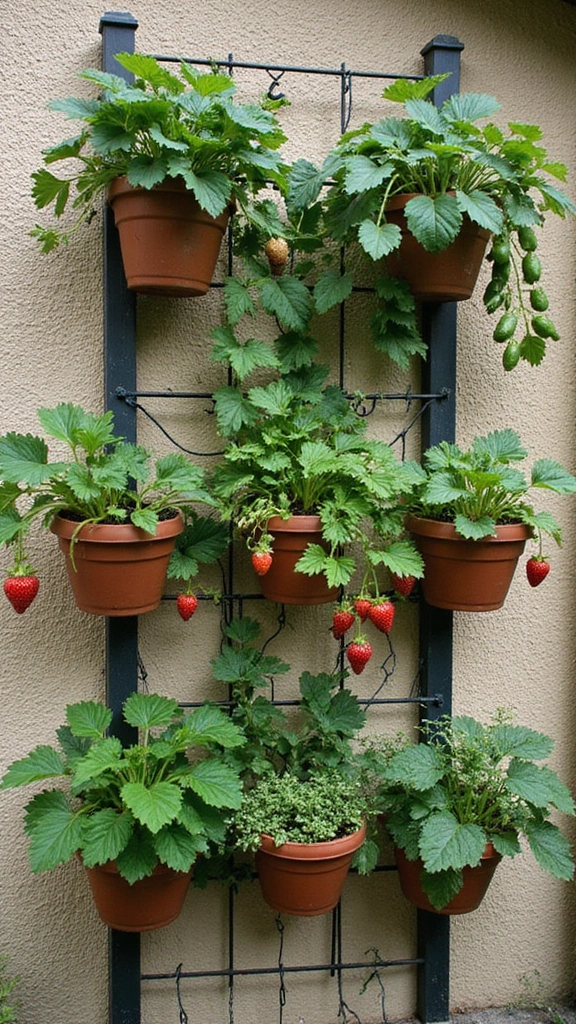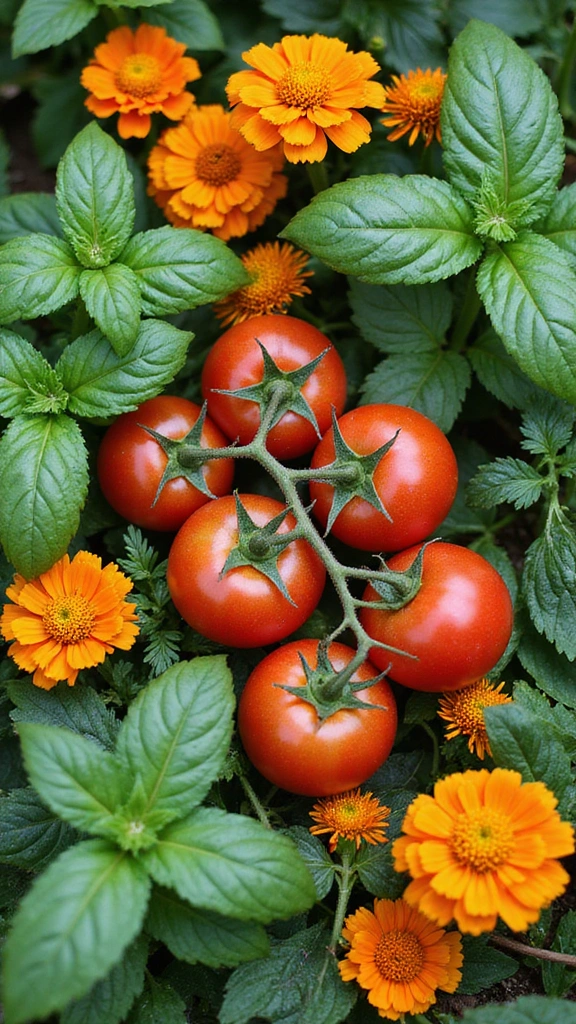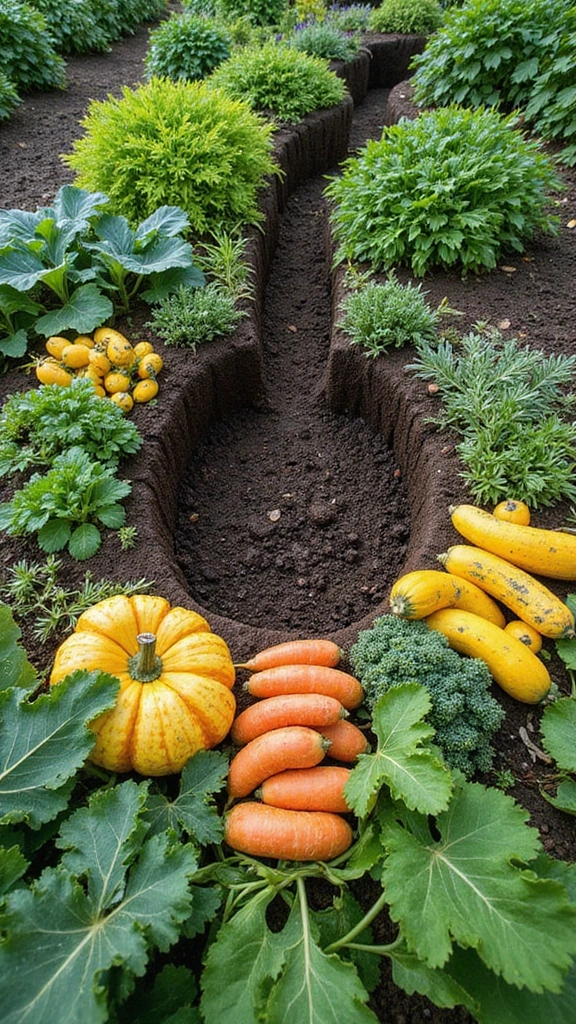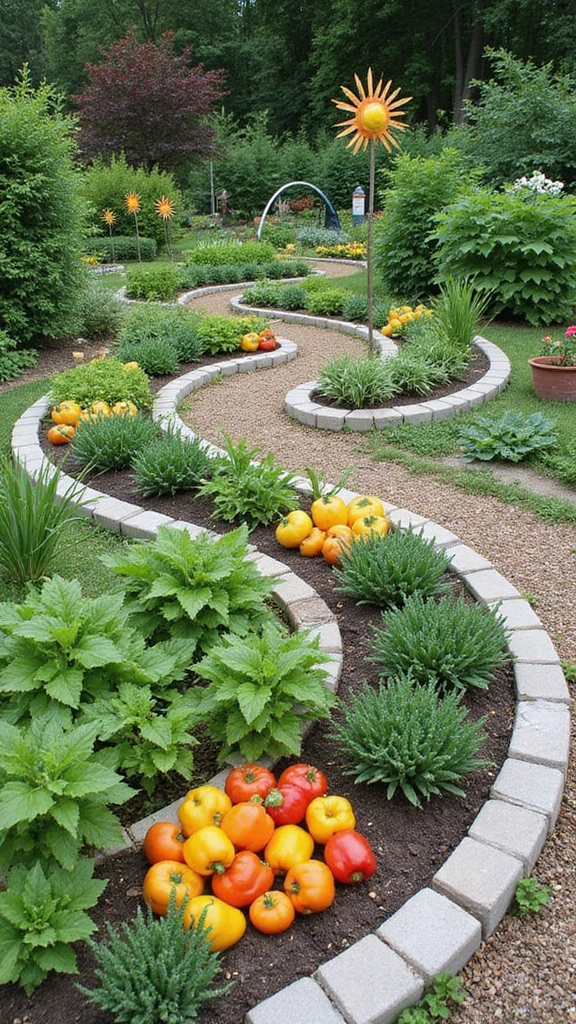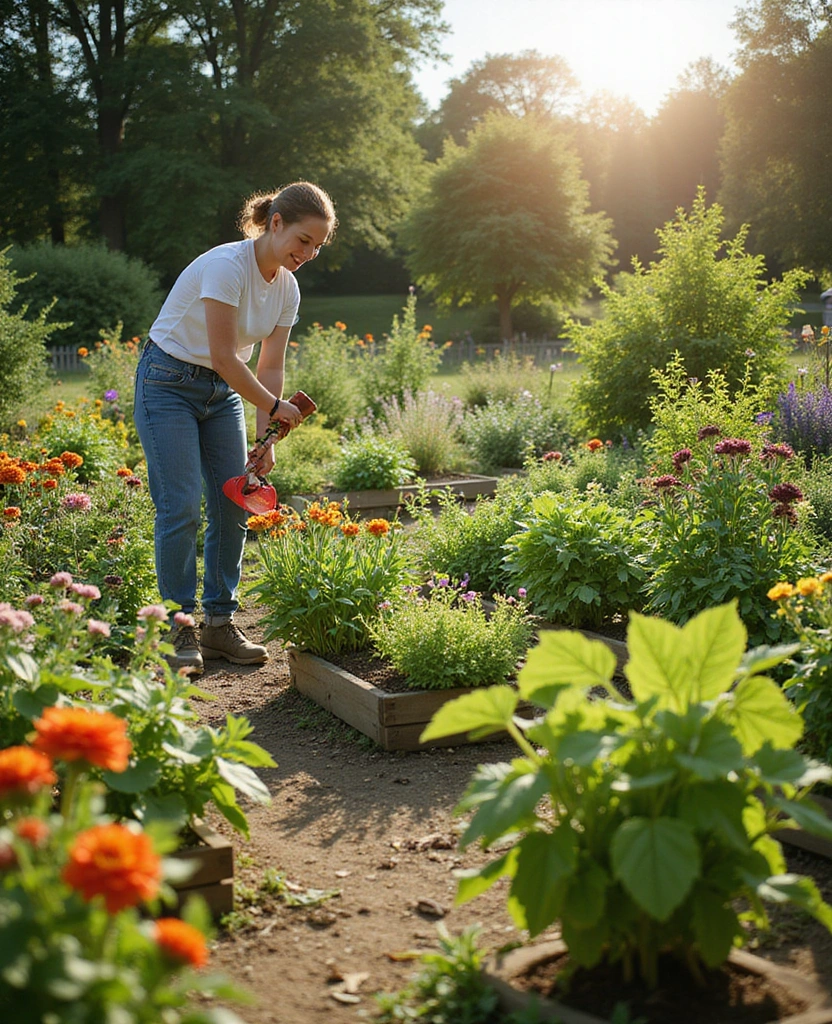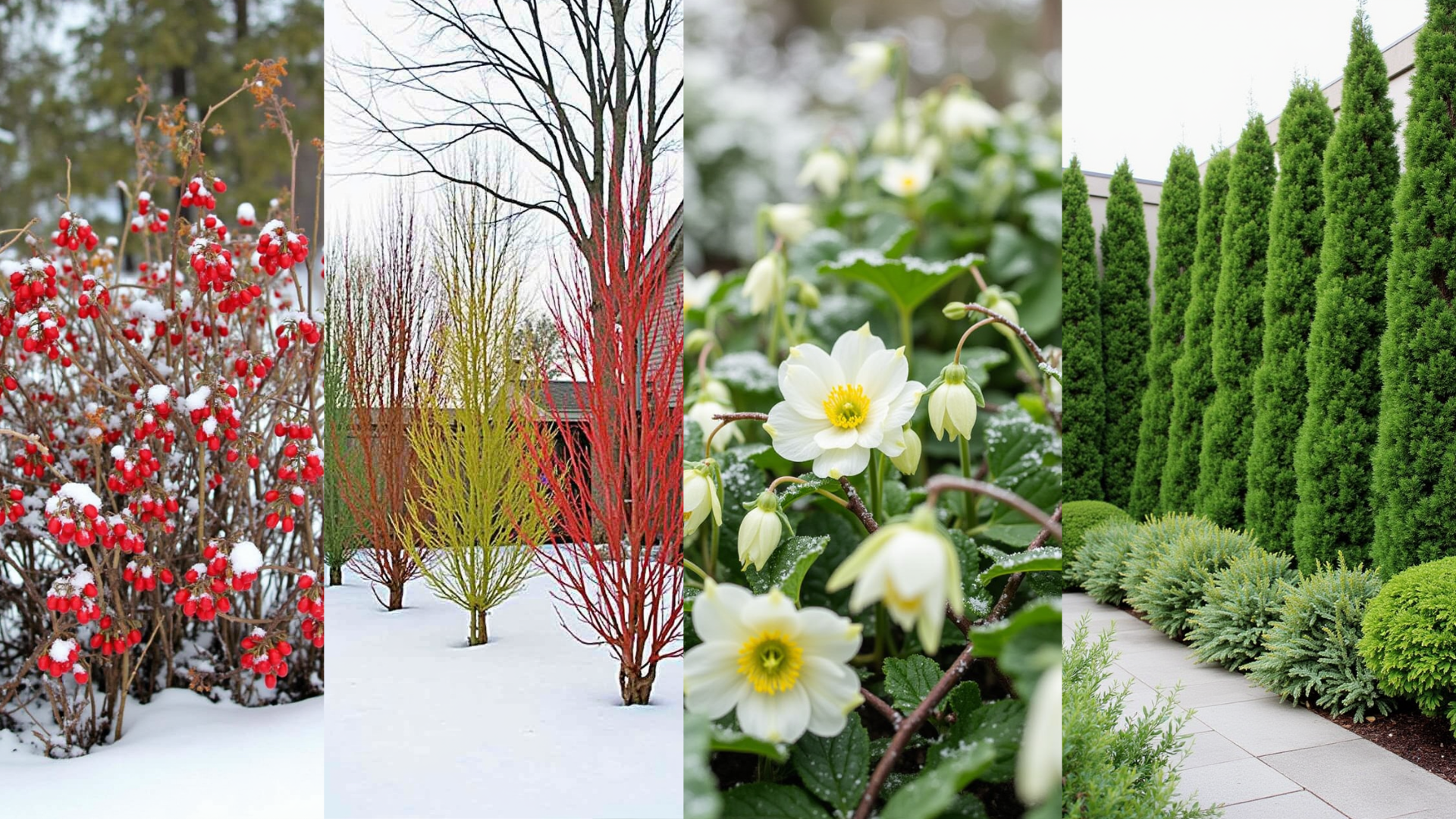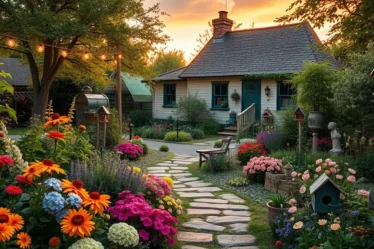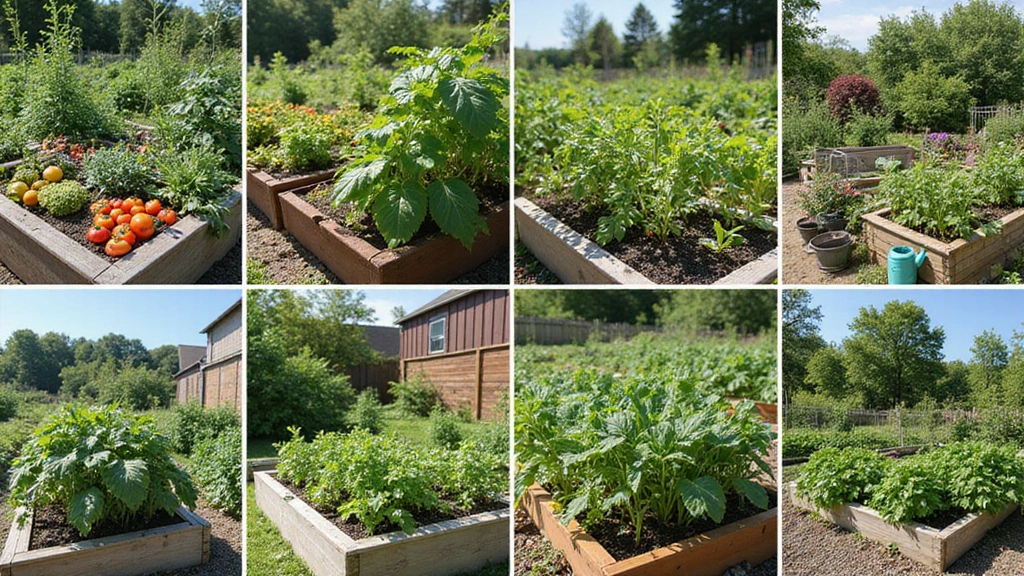
This website contains affiliate links. Some products were gifted for testing. Content may include AI assistance. Images are illustrative, not official Amazon images, and may differ from actual products. As an Amazon Associate, I earn from qualifying purchases.
This Blog is about Vegetable Garden Layout Designs
Starting a vegetable garden can be a rewarding experience, especially when you see the fruits of your labor flourish in your own backyard.
In this article, we will explore seven beginner-friendly vegetable garden layout designs that not only enhance your gardening experience but also maximize your harvest.
Whether you’re working with a spacious backyard or a small balcony, these designs will help you create a productive and visually appealing garden space.
1. Square Foot Gardening
Square foot gardening is an incredibly effective method for maximizing your vegetable yield in a compact area. By dividing your garden into manageable square foot sections, you can plant a diverse range of crops, ensuring you get the most out of your limited space. This approach is especially beneficial for beginners, as it simplifies garden planning and maintenance.
To get started, consider investing in a comprehensive square foot gardening book that will guide you through the essentials of this gardening technique. Additionally, using a quality soil mix for raised beds is crucial for ensuring your plants thrive.
With the right soil and proper spacing, you can look forward to a fruitful harvest of delicious vegetables like lettuce, radishes, and various herbs. Furthermore, this layout encourages companion planting, which not only optimizes space but also leads to healthier plants overall. Don’t forget to label your plants with plant markers to keep track of your garden’s progress!
2. Raised Bed Gardens
Raised bed gardens are an excellent choice for novice gardeners, primarily because of their accessibility and enhanced soil drainage. These elevated garden beds can be easily assembled using raised garden bed kits, allowing you to create a tailored growing space filled with nutrient-rich soil that’s ideal for a variety of vegetables, such as carrots, beets, and cucumbers.
By maintaining control over soil quality and minimizing weed growth, raised bed gardens often yield healthier plants and more abundant harvests. To further improve your soil’s fertility, consider adding organic compost, which enriches the growing medium and boosts plant health.
Additionally, raised beds can be designed to suit any garden area or aesthetic preference, making them not only practical but also visually appealing. Don’t forget to protect your hands while gardening by using comfortable and durable garden gloves, which will help you maintain your garden with ease and efficiency.
3. Container Gardening
Container gardening is a fantastic option for those with limited space, such as patios or balconies. By utilizing various containers—like pots, barrels, or even recycled materials—you can cultivate a diverse array of vegetables using just a small amount of soil.
To enhance your container gardening experience, consider investing in self-watering pots, which help maintain optimal moisture levels for your plants, reducing the risk of under or over-watering.
This method is particularly beginner-friendly as it allows for easy mobility and customization, letting you rearrange your garden as needed to suit your space. Pair your containers with high-quality organic potting soil to ensure your vegetables thrive.
You can grow everything from cherry tomatoes to fresh herbs in colorful containers, creating an eye-catching display that’s both functional and decorative. A handy gardening trowel will also make planting and maintaining your garden a breeze!
4. Vertical Gardening
Maximizing space is essential for novice gardeners, and vertical gardening offers an ideal solution to this challenge.
By utilizing structures such as vertical garden trellises, wall planters, or hanging planters, you can grow plants upward, effectively making the most of your vertical space.
This approach not only conserves ground area but also introduces an appealing aesthetic to your garden.
Many vegetables, including peas, cucumbers, and even strawberries, flourish when cultivated vertically, making this method a delightful way to boost your garden’s productivity. To help secure your plants in place, consider using plant clips for added support and organization.
5. Companion Planting Layout
Companion planting is an innovative gardening strategy that involves growing specific plant combinations to enhance their growth and deter pests.
By pairing certain plants, you can significantly boost your harvest while creating a vibrant, diverse garden. For instance, when you plant tomatoes alongside basil, not only do you improve the flavor of your tomatoes, but you also help repel harmful insects that might threaten your crop.
To make the most of this technique, consider using a comprehensive companion planting guide that details the best plant pairings for your garden.
Additionally, integrating organic pest control methods can enhance the health of your plants and ensure a bountiful harvest. This beginner-friendly approach not only maximizes yield but also fosters a thriving ecosystem beneficial to both plants and gardeners alike.
6. Keyhole Garden Design
The keyhole garden design is an innovative and eco-friendly layout that is particularly suited for novice gardeners.
Resembling a pie slice, this unique garden features a central compost basket that not only maximizes space but also enriches the soil, providing essential nutrients to the surrounding plants as they flourish.
With easy access to all areas of the garden, you can tend to your plants without hassle, ensuring each one receives the care it needs. To make the most of your keyhole garden, consider investing in a compost bin for efficient composting, and enhance your plant growth with a quality organic fertilizer.
With the right gardening tools at your disposal, you can cultivate a diverse array of vegetables, resulting in a flourishing and easily maintainable garden.
7. U-Shaped Garden Beds
U-shaped garden beds offer a unique and efficient layout that facilitates easy access to all your plants while optimizing space for maximum yield.
This design is perfect for urban gardeners who wish to cultivate a diverse array of vegetables in a limited area, featuring convenient pathways in the center for effortless reaching.
To set up your U-shaped garden, consider using U-shaped garden bed kits that simplify the construction process.
Additionally, enhancing your soil with organic mulch will help retain moisture and suppress weeds, ensuring your vegetables, such as peppers, zucchini, and herbs, thrive.
For optimal planning and organization, utilizing a gardening planner can help you strategize your planting and maximize your harvest in this efficient layout.
Conclusion
With these seven beginner-friendly vegetable garden layout designs, you’re equipped to start your gardening journey with confidence.
Each layout offers unique advantages, ensuring you can maximize your harvest while enjoying the beauty of nature.
Get ready to dig in, plant your seeds, and watch your garden flourish!
Note: We aim to provide accurate product links, but some may occasionally expire or become unavailable. If this happens, please search directly on Amazon for the product or a suitable alternative.
This post contains Amazon affiliate links, meaning I may earn a small commission if you purchase through my links, at no extra cost to you.
